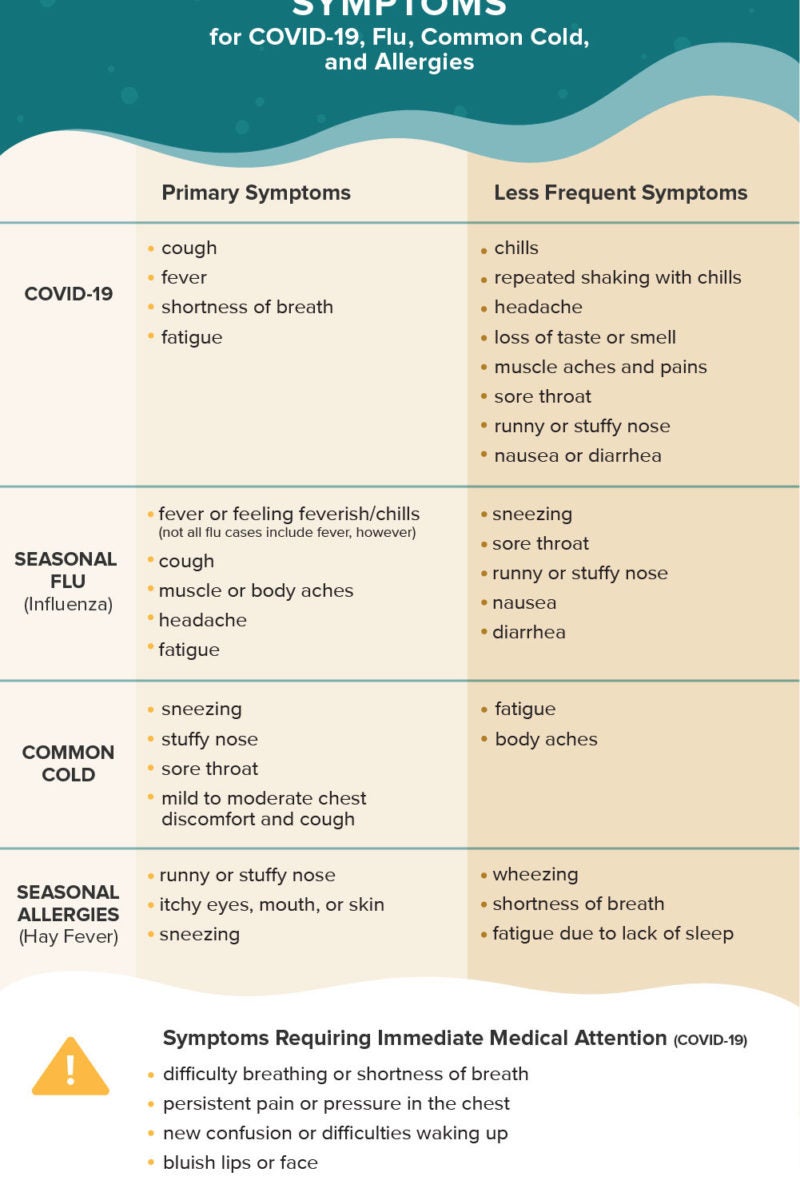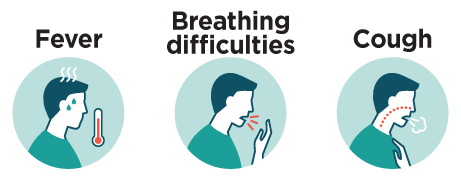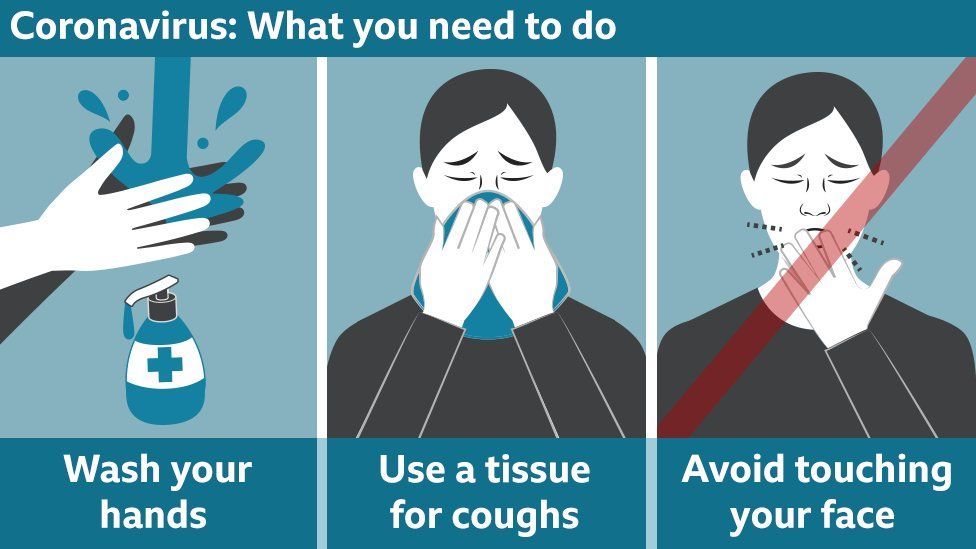

Kawasaki disease has not been associated with a specific virus. When oxygen can't get to the organs, the organs get damaged.Ĭlinically, MIS-C can mimic Kawasaki disease, which is an inflammation of blood vessels. When the vessels become leaky, blood can't get to the organs. The inflammation causes blood vessels to become leaky. MIS-C appears to be a late effect after the virus is gone. The immune system goes into overdrive and causes inflammation. However, not all children with symptoms of MIS-C will test positive for the virus.ĭoctors believe that because COVID-19 is a new virus and a child’s immune system has not been exposed to it, the child has a delayed immune response to the coronavirus. It appears after the child has already been infected with the virus. For many children, it seems to be a complication of COVID-19. Multisystem inflammatory syndrome in children (MIS-C) is a newly recognized illness. They won't end up in the hospital or even be sick very long.

The incubation period (time from when exposure to the virus happened to when symptoms develop) is two to 14 days.Keep these things in mind as you watch for signs of the virus in your child. Shortness of breath or trouble breathing.The symptoms of COVID-19 are similar in children and adults and include:

COVID-19 Signs and SymptomsĬOVID-19 symptoms can range from mild (or no symptoms) to severe illness. At that time it was spreading from person to person. Very quickly − within a few months − COVID-19 was on every continent. Wuhan is a large city with many people coming and going from all over the world: Europe, North America, South America and Africa. Those people just happened to live in China. What’s clear is that something happened, probably sometime in 2019, that made the coronavirus able to find a large group of people who were vulnerable to the disease.

It is important to understand that we don’t know exactly when and where it started in the world. Touch a surface or object with the virus on it, then touch their mouth, nose or eyesĬOVID-19 was first recognized in December 2019 in China − mainly in the city of Wuhan.Have close personal contact, such as hugging or shaking hands.Usually coronaviruses present as a common cold but some strains can cause serious infections in humans. Human coronaviruses were first identified sometime in the 1960s. Coronaviruses didn’t just start with COVID-19. Then the viruses may evolve and begin to infect people. They often move among camels, cats and bats. What Are Coronaviruses?Ĭoronaviruses are a large group of viruses. The virus that causes COVID-19 is a new kind of coronavirus that has spread all over the world. The coronavirus disease 2019 is an illness that’s caused by a virus that spreads from person to person.


 0 kommentar(er)
0 kommentar(er)
